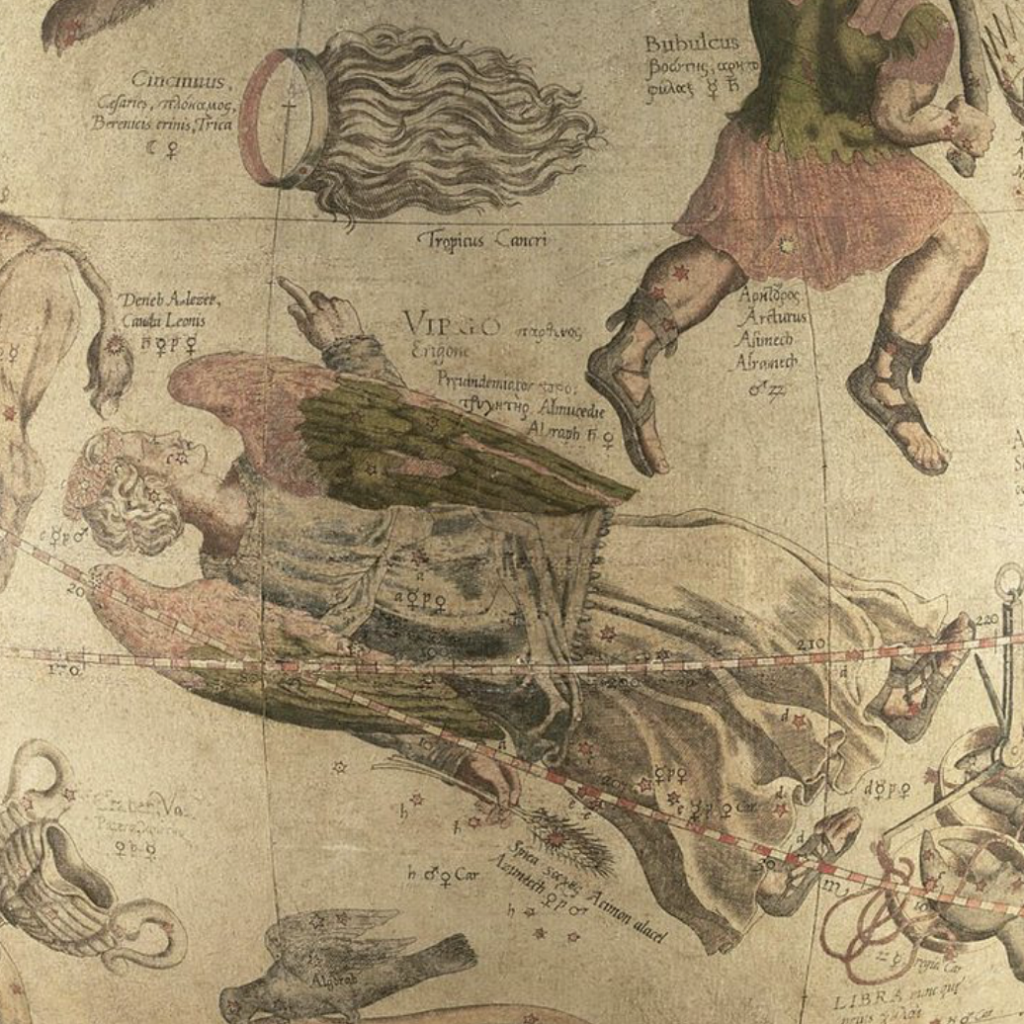
On March 14, 2025, a total lunar eclipse will occur at 23 degrees of Virgo. At
this precise degree, the lunar eclipse aligns with a significant constellation
known as Coma Berenices, which translates to “Berenice’s Hair.” This
constellation carries deep symbolic meaning, representing sacrifice and the
rewards that follow.
Before delving into the astrological implications of this eclipse, it is essential to
explore the mythology behind Coma Berenices and the story that has given this
constellation its unique significance.

Mythology Behind Coma Berenices
The constellation Coma Berenices is named after Queen Berenice II of Egypt, a
historical figure from the Ptolemaic dynasty. The myth originates from an act of
devotion and sacrifice she made for her husband, King Ptolemy III Euergetes.
Berenice II was the daughter of Magas of Cyrene and Queen Apama II. She was
known for her beauty, intelligence, and strong character. She married Ptolemy
III Euergetes, the ruler of Egypt, in 246 BCE.
Soon after their marriage, Ptolemy III had to leave for war. He embarked on the
Third Syrian War (246–241 BCE) against the Seleucid Empire to avenge the
murder of his sister, Berenice Syra. Fearing for his safety, Berenice made a vow
to the goddess Aphrodite (or, in some versions, Isis or Arsinoe II, the deified
sister of Ptolemy). Berenice promised to offer her most prized possession—her
long, golden hair—to the goddess in exchange for her husband’s safe return.
She was famous for her exceptionally long, flowing locks, which were admired
throughout the kingdom. When Ptolemy III returned safely, Berenice cut off her
hair and placed it in the temple of Aphrodite at Zephyrium (a site in Egypt). The
next day, Berenice’s hair vanished from the temple. This caused great distress
among the royal court and temple priests. To avoid the king’s wrath, the court
astronomer, Conon of Samos, provided an explanation. Conon, who was an
esteemed mathematician and astronomer, claimed that the gods had taken
Berenice’s hair and placed it among the stars as a sign of divine favor. He
pointed to a faint cluster of stars in the night sky, declaring it to be “Coma
Berenices”—Berenice’s Hair.
The story of Berenice’s sacrifice was later immortalized in poetry. Callimachus,
a Greek poet, wrote a poem about it. The Roman poet Catullus translated
Callimachus’ work into Latin, spreading the myth throughout the Roman world.
In ancient times, the stars of Coma Berenices were considered part of Leo’s tail.
They were later recognized as a separate constellation due to Tycho Brahe
(16th century). The name “Coma” is derived from the Greek word “kome”,
meaning “hair,” which also relates to comets (as comets were thought to have
“hair-like” trails).
The myth of Coma Berenices is one of love, sacrifice, and divine
transformation. Queen Berenice II’s devotion to her husband led to a celestial
immortalisation of her beauty and loyalty. Whether as a political legend, an
astronomical explanation, or a romantic tale, Coma Berenices remains a unique
and poetic part of the night sky.